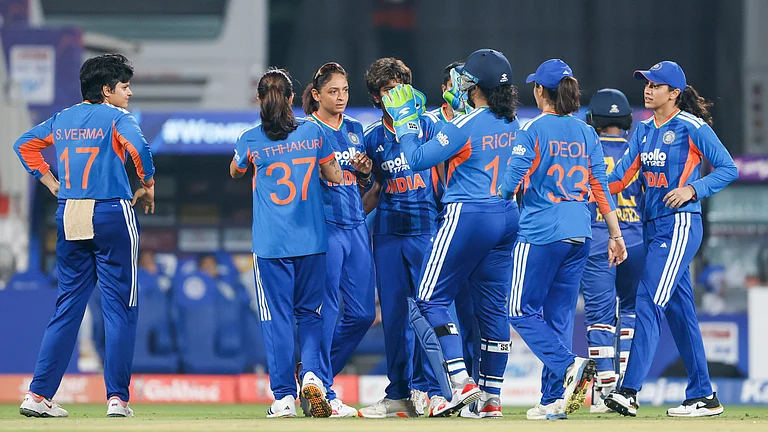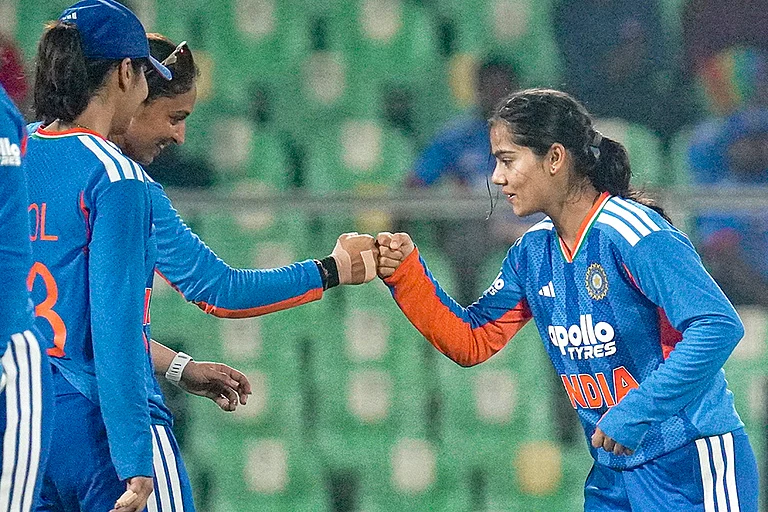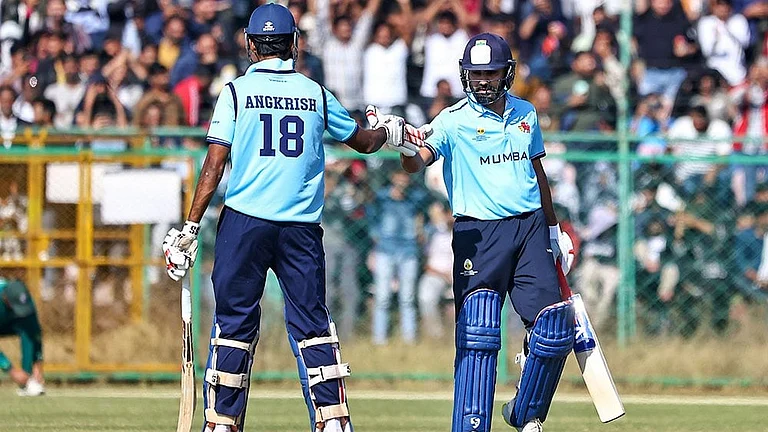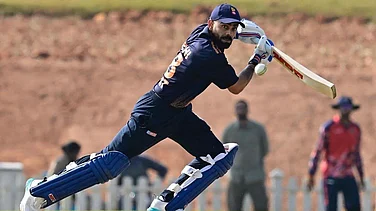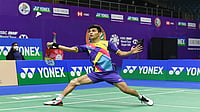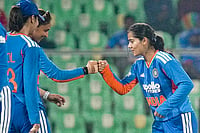Former Australia captain Ian Chappell believes sweeping is the not only way to survive against spinners on Indian pitches, instead a batter needs to have good footwork to thrive against tweakers in sub-continent conditions. (More Cricket News)
Australia's predetermined sweep ploy to tackle Indian spinners failed miserably, as the hosts won the first two Tests to retain the Border-Gavaskar Trophy with two more matches left in the series.
"Sweeping regularly is not the answer to playing good spin bowling, and anyone who says so is talking through his hat," Chappell wrote in his column for ESPNcricinfo.com.
"The odd player is very good at sweeping and should utilise the shot, but for the majority there are better ways. Any good spin bowler who makes the ball bounce is likely to expose the dangers in sweeping constantly."
Australia prepared on special scarified pitches in Sydney and chose not to play a single tour game in India for the gruelling month-long series.
"You don't discover how to play good spin bowling later in life on a scarified Australian pitch just prior to a vital tour of India.
"You have to learn good footwork -- coming three paces out of your crease or retreating quickly onto the back foot -- at a young age," he wrote.
The Australian legend feels Pat Cummins and Co erred in forming their batting strategy in the build-up to the series.
"It should have been obvious in Australia's build-up what kinds of batting strategies needed to be used in India.
"The most beneficial are to watch the ball closely, more so than in Australia, and that there is a fraction more time than you think," he wrote.
"Selectors can be fooled into thinking that playing spin bowling well in Australia automatically means success will follow on Indian pitches.
"That isn't so, but if the method in Australia is a sound one, selectors should assume it could lead to success in India.
"Once a batter understands about the extra time on slightly slower Indian pitches, he can work the ball into a gap to collect precious runs. Those runs, especially early in an innings, when survival is treacherous, can frustrate even the best spinners."
He also questioned Australia's team's selection in the first two Tests.
"Australia's selection on this tour has been awfully inconsistent and at times irrational. Getting selection right makes for an air of calm, which, along with effectively putting a stop to dressing-room tantrums, can aid team spirit," Chappell opined.
"Like picking a well-balanced cricket team, good administrations should be a sensible combination of playing knowledge at the highest level along with sound business acumen so the game is well managed.
"The Australian cricket team is very good at many venues around the cricket world, but alarm bells should have rung long ago about the trip to India."
ROHIT SHARMA SHOWED THE WAY
Citing the example of Indian skipper and opener Rohit Sharma, Chappell feels the key is to survive the first 10 minutes with a shade of luck on turning Indian tracks.
"A successful player needs to quickly work out how to survive the first ten minutes on a typical Indian pitch that encourages spin, and hope he enjoys a share of luck.
"If he plays sensibly like Rohit Sharma has admirably shown during the series, batting isn't impossible on testing Indian pitches," the former Australian skipper wrote.
The 79-year-old went on to recall his approach to tackle spin in India.
"My perception of playing good spin bowling in India is ancient, based on experiences from more than five decades ago
"Can those principles still work? If they are followed, and complemented by a common sense approach, then a bloody oath, they can."
"I was taught (not in the metric era): 'If you're stumped, make it by three yards not three inches.' This was wonderful advice, followed by: 'Don't consider the wicketkeeper, because if you do, you're thinking about missing the ball.'"
"Armed with those suggestions and years of on-the-job training in all forms of cricket, I trusted my defence in India. If you don't, as the current Australian team has demonstrated, you can easily be panicked into playing a rash shot," he added.
Australia will face India in the third Test from Wednesday in Indore. The fourth and final Test is slated from March 9 in Ahmedabad.







